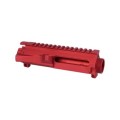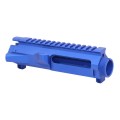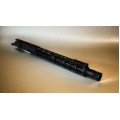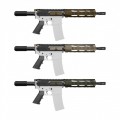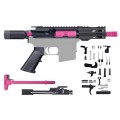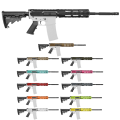Barrel. The most important component of your AR Rifle. One of the biggest differences in cheap versus high-end AR-15s is the quality of barrels. We are going to cover the pros and cons of Mil-Spec chrome molly steel chrome-lined barrels versus match-grade stainless steel, non chrome-lined barrels and help you make an educated decision on which is right for the intended purpose of your next AR-15 build.
Although it is unlikely that most of us will ever “shoot out” a barrel; chrome-lined barrels handle extensive shooting and adverse weather much better.
Most AR Barrels fall into one of two categories: either they are made of chrome molly steel with a chrome-lined bore and chamber, or they are made of stainless steel, which typically does not have chrome lining in the bore or chamber.
First, let me say that if the bore (barrel) is chrome-lined, the chamber will be as well and likewise, if the bore is not chrome lined, the chamber will not be either. Chrome molly steel is harder than stainless steel but our main focus is going to be on the chrome lining vs. non-chrome lining aspects because that is what will have more effect on AR-15 shooters.
The military loves chrome-lined barrels because of:
Corrosion Resistance.
- This is especially important in wet and saltwater environments. When the military issues M16s to our troops in Vietnam, it was initially issued without a chrome lined chamber, or chrome lined barrel, and without a cleaning kit. This, combined with a very corrosive powder and the wet jungle environment of Vietnam, caused countless deaths to our own troops mainly because of failures to extract the spent round in the chamber during combat. The only way to clear a failure to extract is to run a rod down the barrel and knock the spent round back out.
- Extended Barrel Life.
This is the biggest reason the military uses chrome-lined barrels. Every round down range creates heat in the barrel from the hot gasses that the powder creates and the friction of the round, both of which result in barrel erosion over time. The higher the velocity of the round, the hotter the barrel gets resulting in even more barrel erosion. The faster the rounds fire in succession, such as on full auto in the military, the hotter the barrel gets and stays hotter, longer, all resulting in drastically more barrel erosion thus substantially shortening the barrel’s life, commonly referred to as “shooting out” the barrel. - Ease of Cleaning.
This is a definite side benefit of chrome-lined barrels and chambers. Some people think this is only slightly easier to clean, however my experience is that it is substantially easier and faster to clean. So, in short, chrome-lined barrels protect you from erosion and corrosion and easier cleaning is a bonus!
But there are CONS too. The biggest disadvantage of chrome-lined barrels is long-range accuracy. When a barrel is chrome lined, even with the best technology available today, it is not perfectly even. Because it is not perfectly even on the inside of the barrel, there are very slight high points that obviously will negatively affect the accuracy of the bullet.
Match grade barrels offer few advantages at ranges below about 300 yards, but at that distance and especially beyond, the accuracy difference becomes obvious. This makes stainless steel, match grade barrels and absolute must for long-range target shooters.
“Match grade” barrels are more accurate and the longer the range, the more apparent this becomes.
The cons of match-grade barrels are that they wear out faster, they are harder to clean and they don’t resist corrosion as well as a chrome-lined barrel.
So you’re probably wondering which is right for you, right? An AR-15 rifle is merely a tool, a tool for doing a job. Which job do you want your AR to do? The answer is totally yours and depends on the job you want your rifle to do.
Until then, shoot safely and shoot often!


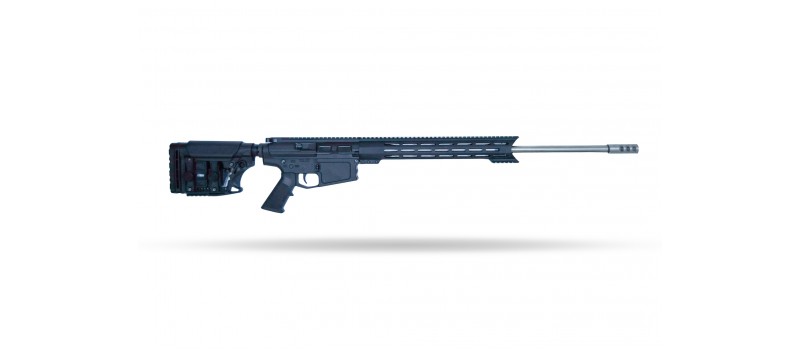







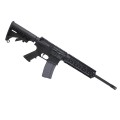
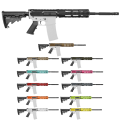
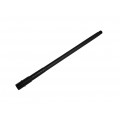
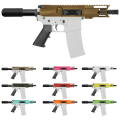
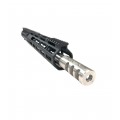
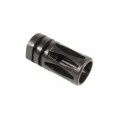
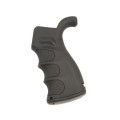
 » Guntec USA-120x120.png)
